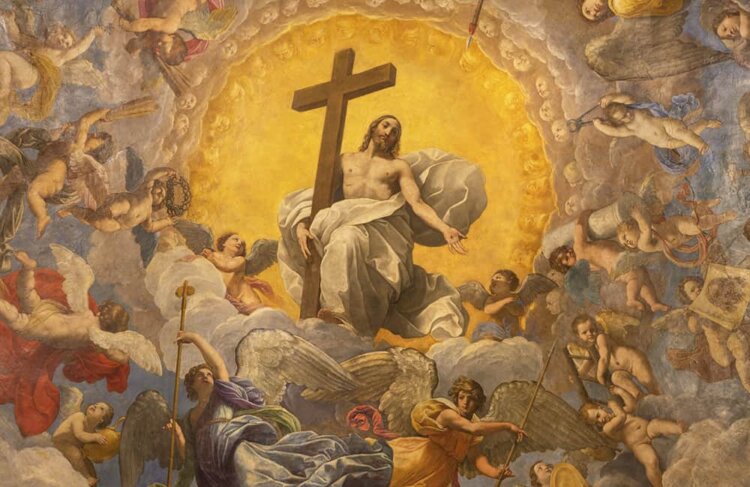Literature for the Recovery of Reality: Joshua Hren and Benjamin Myers’ Christian Vision for Literature

Joshua Hren. Contemplative Realism: A Theological-Aesthetical Manifesto. San Francisco: Benedict XVI Institute, 2022. Benjamin Myers. A Poetics of Orthodoxy: Christian Truth as Aesthetic Foundation. Eugene: OR, Cascade Books, 2020.




